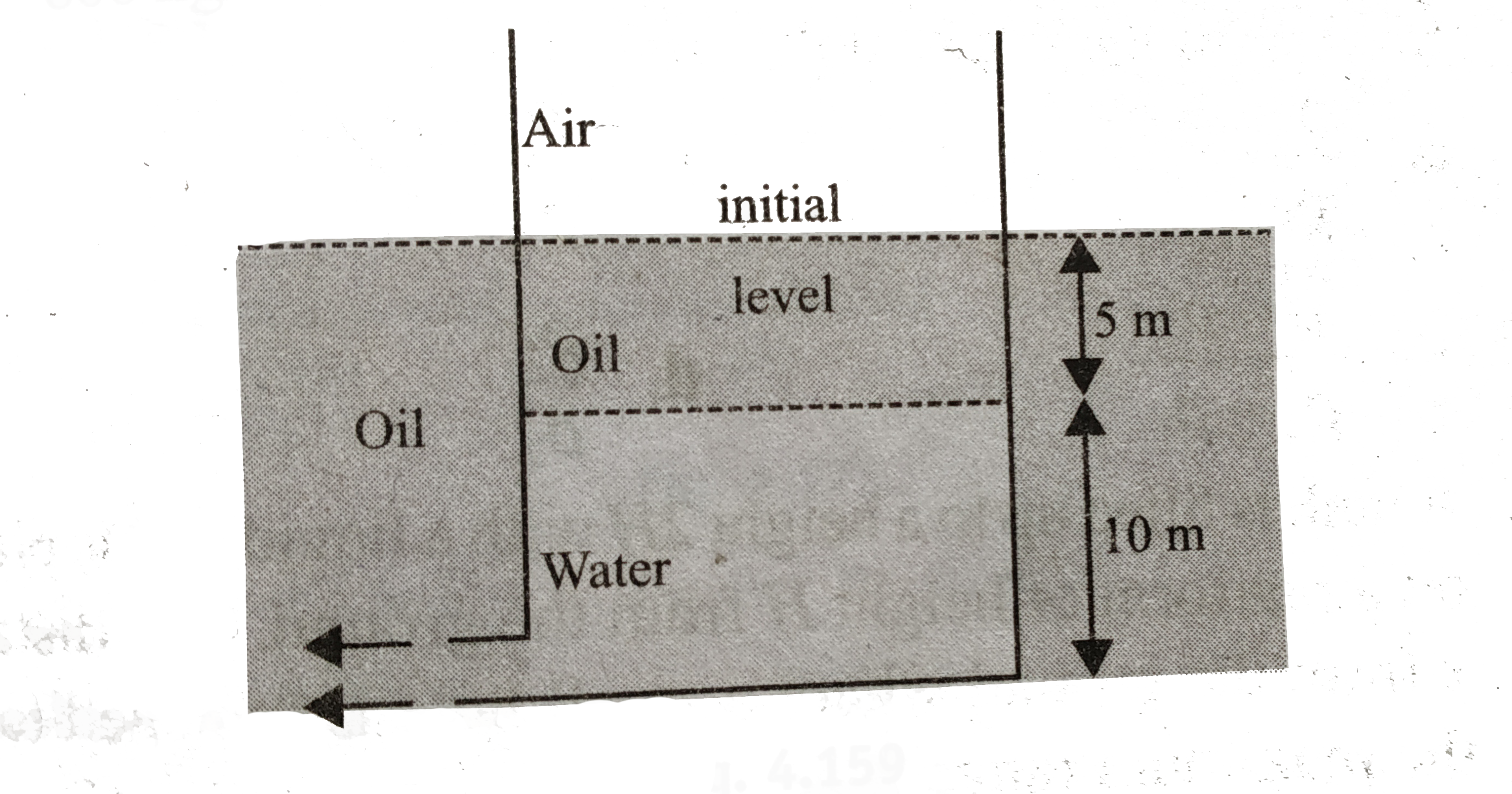When water is being translocated at relatively high velocity and is subjected to high tension in the conducting elements, what prevents the breaking of the water column?
Step-by-Step Solution:
1. Understanding the Context: Water is transported in plants through specialized structures called xylem vessels. During this process, water can be subjected to high tension and can move at high velocities.
2. Identifying the Problem: The question asks what prevents the breaking of the water column in the xylem vessels when it is under high tension.
3. Explaining Cohesion: Cohesion refers to the attraction between water molecules themselves. This property allows water molecules to stick together, forming a continuous column.
4. Explaining Adhesion: Adhesion is the attraction between water molecules and the walls of the xylem vessels. This helps water to cling to the walls of the xylem, which supports the water column and prevents it from breaking.
5. Combining Cohesion and Adhesion: The combination of these two forces—cohesion among water molecules and adhesion to the xylem walls—creates a strong, unbroken column of water. This is crucial for maintaining the flow of water even under high tension.
6. Conclusion: Therefore, the breaking of the water column is prevented by the cohesive and adhesive properties of water, which allow for the continuous transport of water in plants.
---
Topper's Solved these Questions
- TRANSPORT IN PLANTS BOOK - ICSECHAPTER - TRANSPORT IN PLANTS EXERCISE - TEST YOUR PROGRESS (HIGHER ORDER THINKING SKILLS QUESTIONS (HOTS))
9 Videos
- TRANSPORT IN PLANTS BOOK - ICSECHAPTER - TRANSPORT IN PLANTS EXERCISE - NCERT EXERCISE WITH ANSWER
22 Videos
- TRANSPORT IN PLANTS BOOK - ICSECHAPTER - TRANSPORT IN PLANTS EXERCISE - TEST YOUR PROGRESS (VERY SHORT ANSWER TYPE QUESTIONS)
50 Videos
- THE LIVING WORLD BOOK - ICSECHAPTER - THE LIVING WORLD EXERCISE - Ncert Exercises (Differentiate Between )
4 Videos
Similar Questions
In the transpiration pull theory, what causes the tension that leads to lifting of the water column?
View SolutionA cell has an osmotic pressure of 15 atmospheres and water evaporates from it until the enclosed sap is subjected to a tension of 12 atmospheres. At this moment what would be the OP, TP, and DPD of the cell?
View Solution
Knowledge Check
When water is added to an aqueous solution of an electrolyte, what is the change in specific conductivity of the electrolyte?
AConductivity decreasesBConductivity increasesCConductivity remains sameDConductivity does not depend on number of ions.
What happens when acidulated water is subjected to electrolysis ?
View SolutionA tank with a small orifice contains oil on top of water. It is immersed in a large tank of the same oil. Water flows through the hole. Assuming the level of oil outside the tank above orifice does not change.
a. What is the velocity of this flow initially?
b. When the flow stops, what would be the position of the oil-water interface in the tank?
c. Determine the time at which the flow stops. Density,of oil 800kg/m3.

View SolutionWhat is the cause of high solubility of acids in water?
View SolutionWhen one end of the capillary is dipped in water, the height of water column is 'h'. The upward force of 105 dyne due to surface tension is balanced by the force due to the weight of water column . The inner circumference of the capillary is
(Surface tension of water =7×10−2N/m)
View Solution. The velocity of a boat relative to water is represented by 3¯i+4¯j and that of water relative to the earth by ¯i−3¯j. What is the velocity of the boat relative to the earth, if ¯iand¯j represent velocities of 1 km/hour east and north respectively .
View SolutionA boat stems in a river with velocity 2ˆi+ˆj with respecitve to the ground. The river water flows with a velocity −3ˆi−4ˆj with respect to the ground. What is the relative velocity of boat w.r.t river water ?
View SolutionA loop of rope is whirled at a high angular velocityω, so that it becomes a taut circle of radius r.
(a) Find the tension in the rope it the linear mass density of the rope is μ
(b) A kink develops in the whirling rope. Under what condition does the kink remain stationary relative to an observer on the ground?
View Solution
